Irish Times
Monday, December 28, 2009
Martin Drennan is the last bishop standing of all those who served in Dublin during the intensive cover-up of clerical child sex abuse, writes MARY RAFTERY
 He, of course, is the last bishop standing of all those who served in Dublin during the period of intensive cover-up of clerical child sexual abuse discovered by the Murphy commission.
He, of course, is the last bishop standing of all those who served in Dublin during the period of intensive cover-up of clerical child sexual abuse discovered by the Murphy commission.The bishop believes himself to be different from all the others mentioned in the report, as he alone was not asked to give evidence to the commission. This he appears to equate to some form of vindication.
He has further stated on radio that he believes that as his appointment as bishop in 1997 post-dates the watershed publication of guidelines on clerical child abuse cases, known variously as the “1996 Framework Document” or the “Green Book”, his time in Dublin was entirely blameless.
In this context, Bishop Drennan stated last week that “in 1995 the Dublin diocese decided on a policy of reporting all allegations to the Gardaí”. He added that from 1996 onwards “all allegations were reported to the HSE and the Gardaí.” This is an extraordinary statement. For example, we know from the Murphy report that in 1995, the names of “at least 12 priests” against whom complaints of child abuse had been made were withheld from the Garda by the Dublin archdiocese. At that time, Archbishop Desmond Connell provided the Garda with details of only 17 of the priests against whom complaints had been made.
It was only in 2002 that the Garda became aware of a more complete picture of the extent of clerical child abuse known to the archdiocese. This was five years into Bishop Drennan’s period as auxiliary bishop of Dublin.
We also know that Dr Connell did not take the 1996 Framework Document seriously. Far from being the watershed now described in hindsight by Bishop Drennan, the approach in the late 1990s frequently displayed all of the failures and cover-ups of earlier periods.
For instance, in 1996 Archbishop Connell defended his refusal to pass on information on “Fr Edmondus” to the Garda by saying that he had to protect the good name of his priests and that it would damage the Church were it to get out that files were being passed to the Garda.
He even went so far as to tell abuse survivor Marie Collins that as the Framework Document had no standing in either canon or civil law, he felt free to follow only whatever parts of it he chose to.
For example, as late as 2002, the archbishop continued to assert concerns for confidentiality in the face of the church’s own short-lived attempt to have an internal inquiry into the handling of child abuse, chaired by retired judge Gillian Hussey.
All of this defines the nature of the culture of concealment and cover-up that clearly persisted in the Dublin archdiocese well past the so-called “watershed” of the introduction of the guidelines in 1996.
For Bishop Drennan to assert that everything changed and improved post-1996, and consequently during his period as bishop, simply does not accord with the facts as we know them from the Murphy report.
Just as seriously, the Murphy report states that the dismissive manner in which victims were treated by the archdiocese changed little in the period after 1996 and the publication of the guidelines – the period during which Bishop Drennan was one of its leaders. It was to be 2003 (six years into Bishop Drennan’s tenure) before that callous and insulting culture came to an end, with the introduction under Archbishop Diarmuid Martin of proper support systems for abuse victims.
In addition, there are the specific responsibilities that Martin Drennan himself had as auxiliary bishop. These included overall responsibility for all the parishes in his own designated area of south Dublin and north Wicklow. His direct predecessor here, by the way, was Donal Murray, subsequently of course Bishop of Limerick.
In acquainting himself with his new responsibilities on his elevation to bishop in September 1997, did Martin Drennan notice that there had been a serious hiatus in the parish of Glendalough? Its parish priest, Fr Noel Reynolds, had been transferred out only two months previously.
We know that Fr Reynolds was one of the foulest and most brutal of Dublin’s child rapists, having admitted abusing over 100 children. We also know that as chairman of the board of management of the primary school in Glendalough, he had daily access to the local children.
A number of questions arise for Bishop Drennan from this case. Did he ascertain the reasons for the removal of Noel Reynolds as parish priest? Did he inquire as to whether any special attention might have been required on his part towards the parish of Glendalough, given its obvious difficulties?
Was he aware that the archdiocese knew of complaints by parents against Noel Reynolds from as far back as 1994? Did he know that that Reynolds himself had admitted to the archdiocese that he was sexually aroused by children, and that despite this, no action had been taken to remove him from Glendalough for several years?
But of course all this was before Bishop Drennan’s time. Not his responsibility.
But as soon as it did become his responsibility – in September 1997 – did he seek to discover the new location of the parish priest who had so recently and so abruptly been transferred from one of his parishes – a highly unusual event at any time? Noel Reynolds of course had been not been moved far. In fact, he remained within the bishop’s geographical area of responsibility, and had been appointed chaplain to the National Rehabilitation Hospital in Dun Laoghaire, which had 94 child patients.
We know that the rehab hospital had not been informed by anyone in the archdiocese of the concerns and complaints surrounding Noel Reynolds when he was assigned there as chaplain. He served in the hospital for one year before finally being removed in July 1998, when further allegations were made. It was to be 2002, in the wake of the Cardinal Secrets programme, before the rehab hospital was made aware of Noel Reynolds’s past crimes.
It is of course possible that Bishop Drennan knew nothing of the seismic events that had taken place at the heart of his direct area of responsibility. The Murphy report, after all, makes no reference to him in this context.
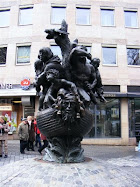
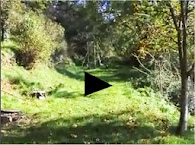
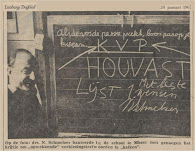

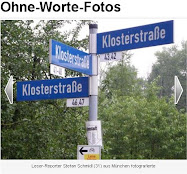
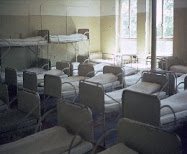






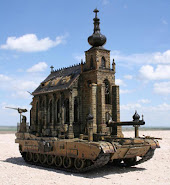
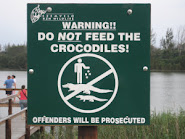

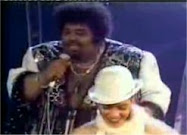
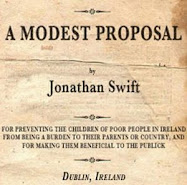


Geen opmerkingen:
Een reactie posten